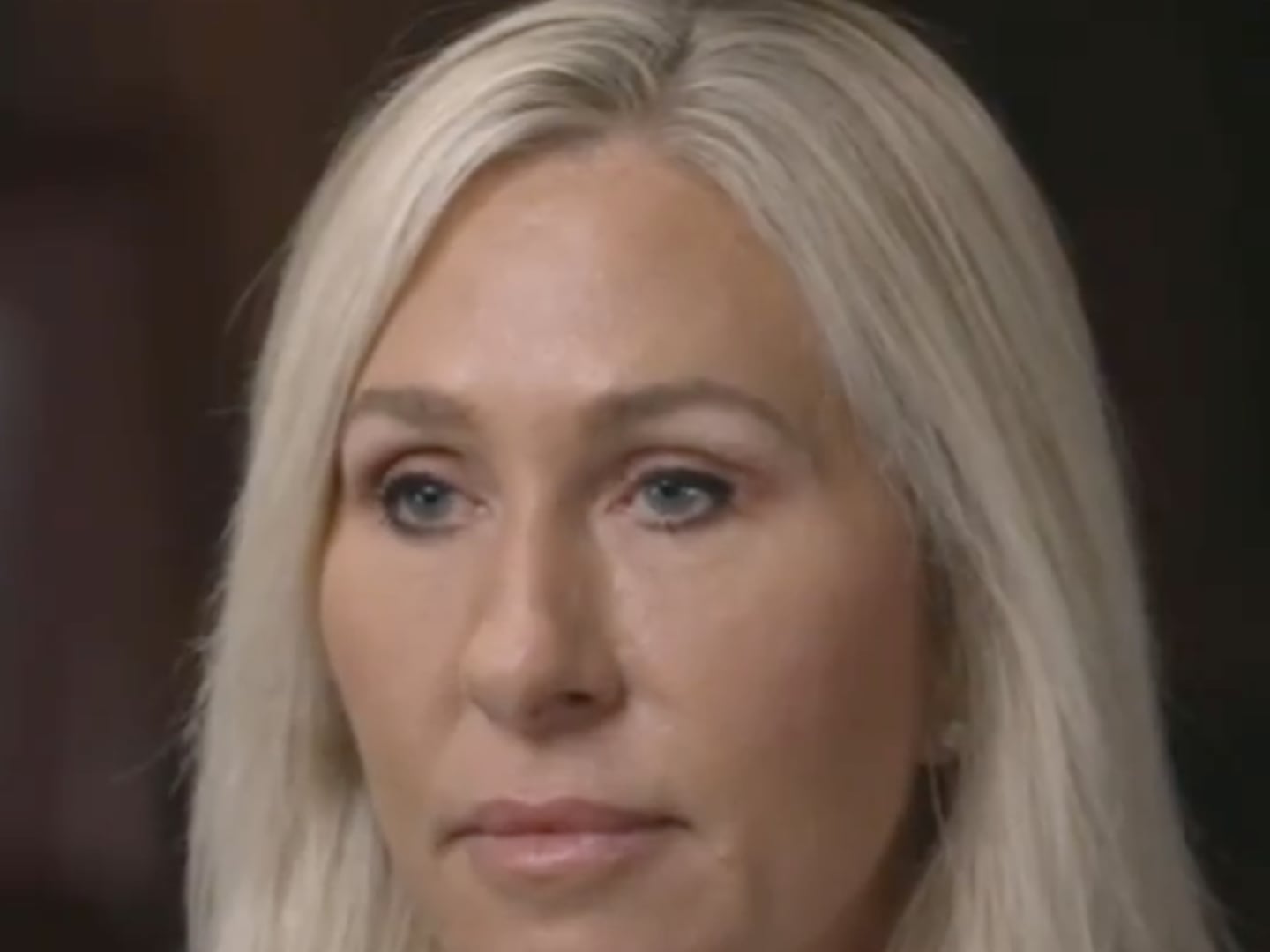The charges have come in against accused rapist and kidnapper Ariel Castro, and there are many: three counts of rape, four counts of kidnapping, even possible charges of aggravated murder, which could carry the death penalty, stemming from the forced miscarriages Michelle Knight allegedly suffered at Castro’s hands.

Could more be on the way? The FBI and Cleveland police announced Friday that they will take a closer look at two cold cases in light of this week’s events: the disappearances of 18-year-old Christina Adkins in 1995 and 14-year-old Ashley Summers in 2007. When Summers vanished, authorities believed she might be linked to Knight and Castro’s two other known victims, Amanda Berry and Gina DeJesus.
To be sure, officials cautioned that no new information about either woman has emerged—rather, news of the Castro case has spiked interest in other similar disappearances.
But another group is making a more explicit connection between Castro and a heinous unsolved crime, this one a murder. The Ohio State Public Defender’s Wrongful Conviction Project, a state program charged with absolving wrongfully convicted felons, has opened a probe into the former schoolbus driver. The organization is looking into whether 52-year-old Castro may have been involved in the 1981 kidnapping, rape, and murder of 14-year-old Tammy Seals, who was found dead near the same neighborhood where Castro, then in his early 20s, was living at the time. Orlando “Chico” Morales was convicted of the crime 32 years ago, but the organization strongly believes he is innocent.
“It is a very similar crime in some ways to what is going on with Castro,” says project director Joe Bodenhamer. “We have an obligation to look at it seeing that it’s so close to our case in some ways.”
Bodenhamer believes it’s quite possible that Castro’s documented violent streak emerged well before the alleged kidnappings and the domestic abuse complaint brought by his ex-wife in 2005. “We wondered, Is there a chance that there were other crimes earlier that were maybe missed and led up to this?”
Bodehamer says his group will interview family and friends in order to get a clearer portrait of Castro as a young man. “We have to be sure, because we have a case of an innocent man we are trying to help and it appears this is a door we have to open up,” he said.
Seals was last seen on October 17, 1980, when she left her house in the 3800 block of Cleveland’s Whitman Avenue at 5 a.m. to pick up newspapers and begin her early morning route. Two runaways found her decomposing body four months later, on February 16, 1981, in a second floor bathroom in an abandoned 35-bedroom mansion. She was found naked, her hands tied behind her back, and her ankles bound with a bra. She had been sexually assaulted. A coroner ruled that she had died from suffocation or strangulation.
Months later, Morales was arrested and later convicted of the murder and sentenced to life in prison without the possibility of parole. At the time, there were a lot of people who were not convinced that Morales had anything to do with the murder. “He was convicted not because of what he was accused of, but because of what he was—a Puerto Rican whose record was not that great,” Latino magazine publisher Jose Pena told the Cleveland Plain Dealer in 1985.
Joanna Feigenbaum, an attorney for the Wrongful Conviction Project, says Morales was convicted partly on the claims of two jailhouse snitches who testified that Morales confessed to them in county jail. However, each later recanted his testimony, claiming they lied in return for favors from prosecutors that never materialized. Morales also served two years for an attempted rape when he was a juvenile, which also swayed the jury, she says.
Furthermore, Feigenbaum says, no physical evidence linked Morales to the crime. Pubic hair that was found on Seals’s body did not look like a sample of hair from Seals nor Morales, she said. Feigenbaum also said that on the morning of the abduction a witness heard the sounds of an engine and screeching tires; Morales did not have a driver’s license or know how to drive.
Witnesses at the time also reported that they saw three Hispanic men in their 20s chasing Seals on the morning of the abduction. Feigenbaum points out that Ariel Castro is Puerto Rican, like Morales, was around the same age as Morales, and lived in the same area. He also has two brothers.
“This is the age Ariel [Castro] would have been at the time,” says Bodenhamer. “She was bound and sexually assaulted, and maybe held. There was enough to pique our interest.”
Feigenbaum says her office has contacted the FBI to pass on the information. She said that in 2008 a judge ordered testing of DNA evidence in the Morales case, but some of the evidence was either lost or destroyed. The police didn’t return calls for comment. The prosecutor’s office said they are looking at all disappearances.
However, Bodenhamer has not given up. He believes that DNA evidence may still exist in the case. If it’s found, it could be entered into the national database and possibly clear his client—and possibly implicate Castro. The Ohio attorney general’s office on Friday uploaded Castro’s DNA into the system after using it to confirm that he was the father of Amanda Berry’s 6-year-old daughter, Jocelyn, born in captivity. So far, he hasn’t matched to any case in Ohio, but national results are pending with the FBI.
Of course, to some, the implication that Castro may be implicated in other crimes represents an irresponsible rush to judgment.
“What he did was absolutely wrong, and I feel stupid trying to defend him, but why overload that situation?” says Rafael Davila, a Cleveland resident who has known Castro for decades and considers him a friend. “Why is the defender doing that? Isn’t that convenient—he wants to get his client off. Let’s put it on Ariel because my guy is innocent. Because the public is in heat throw him in there too. He’ll get charged with the great train robbery as well. It is that mob mentality.”
Local private investigator Chris Giannini doesn’t think that Castro has anything to do with any murders, either. “I don’t have any knowledge of him being involved in a murder, but I’m sure police will be asking him about every missing person in the last 20 years. I don’t think he was ever a murderer. I think he tortured his women, but I don’t think he got to the point of murder.”
Mary Ellen O’Toole, a former FBI agent and profiler, says that Castro is a sexual sadist, and that generally killing is not the highlight for such people. “They don’t kidnap them for them to die,” she says. “However, in cases when the torture goes on for too long, the woman can die by default. Murder is not outside his realm of capability.”






